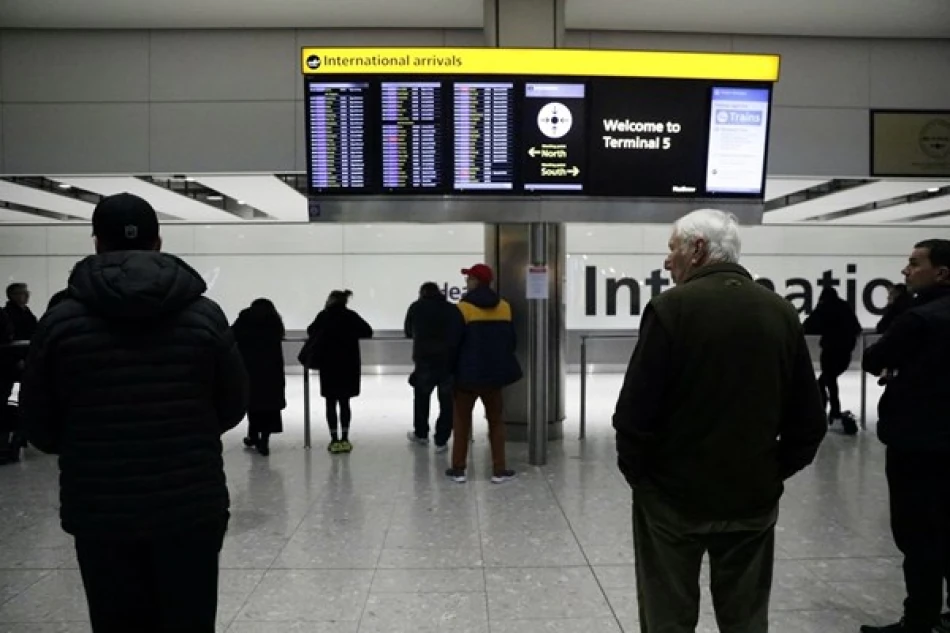
EU Unveils Phased Rollout of Digital Border Control System
The European Union launched a new digital entry-exit system today that electronically records data from all non-EU travelers at external borders. The system requires passport scanning, fingerprinting, and facial photography, marking a significant shift toward automated border control across the bloc.
The rollout will happen over six months, with full implementation set for April 10, 2026. After that date, traditional passport stamps will be completely replaced by electronic records.
Here's how it works: Non-EU citizens must register their personal data when first entering the Schengen Area, which covers all EU countries except Ireland and Cyprus, plus Iceland, Norway, Switzerland, and Liechtenstein. Once registered, future trips only require facial recognition verification.
Magnus Brunner, the EU Commissioner for Home Affairs and Migration, called the system "the digital backbone of the new European framework for migration and asylum." The EU designed it to catch people overstaying their visas, fight identity fraud, and prevent illegal immigration.
The timing isn't coincidental. Europe has been grappling with migration challenges for years, and this system gives authorities real-time data on who enters and exits the bloc. Before this, tracking overstays was nearly impossible since there was no systematic way to know when someone left.
For travelers, this means longer wait times initially as border guards help people navigate the new system. Airports and border crossings have been preparing for months, installing new equipment and training staff.
The system also sets the groundwork for the EU's upcoming travel authorization system, similar to the US ESTA, which will require advance approval for visa-free travelers starting in 2025.
Border security experts see this as Europe catching up with other major economies that already use biometric systems. The US has used similar technology for years, and countries like Australia have been pioneers in automated border processing.
The economic stakes are significant too. Smoother, more secure borders could boost tourism and business travel once the initial adjustment period passes. But any major delays or technical problems could hurt Europe's travel industry, which is still recovering from pandemic impacts.
Most Viewed News

 Layla Al Mansoori
Layla Al Mansoori






